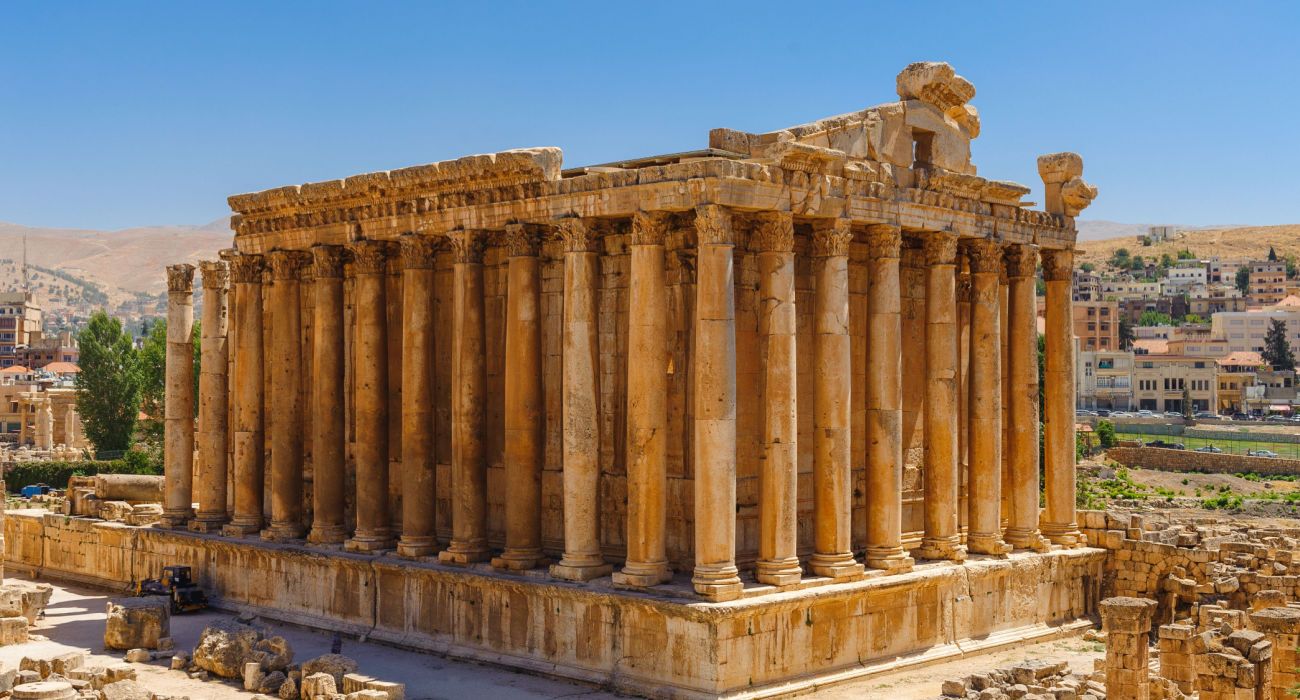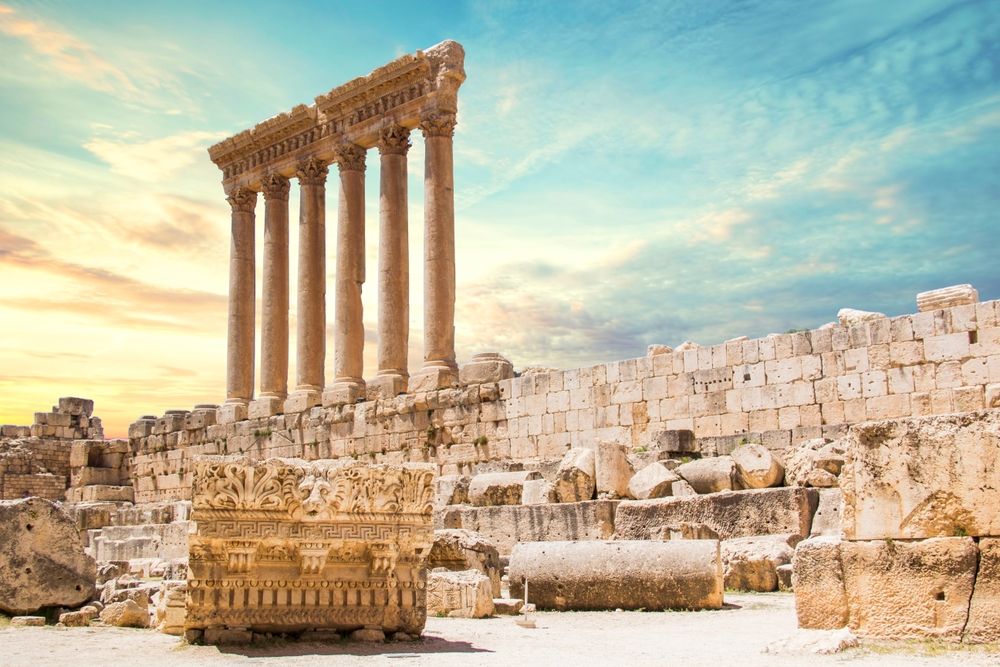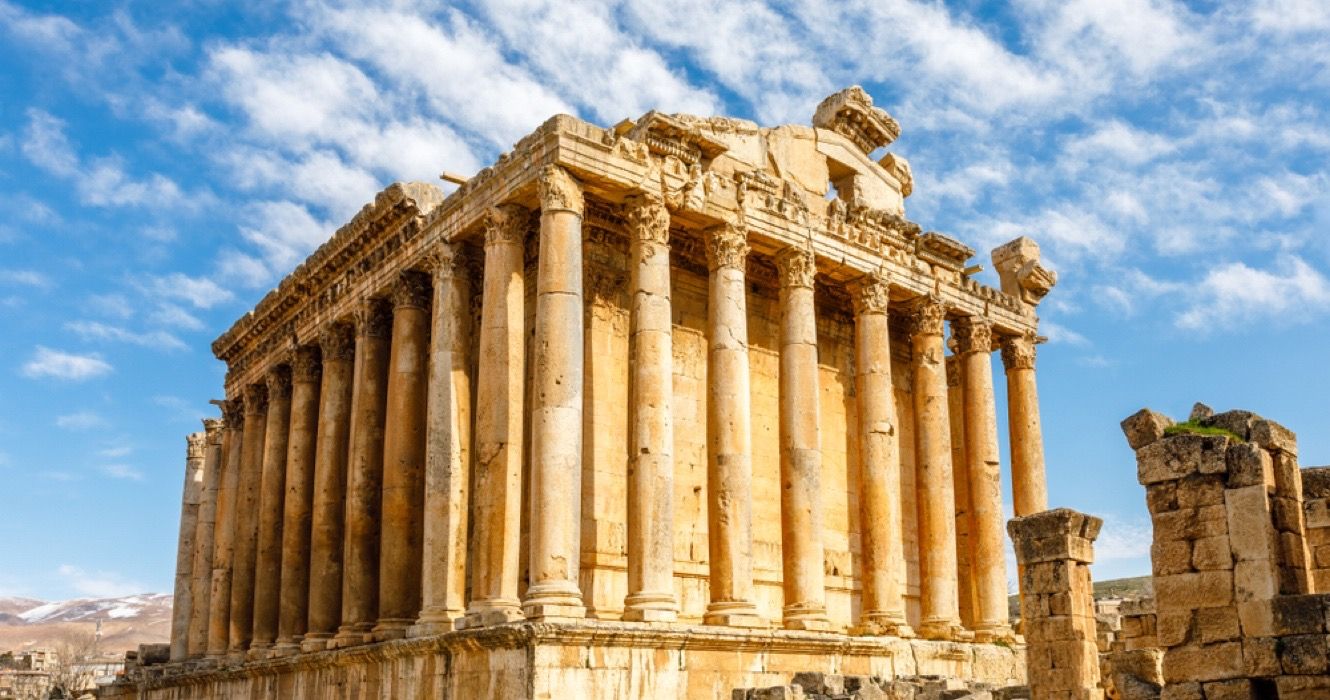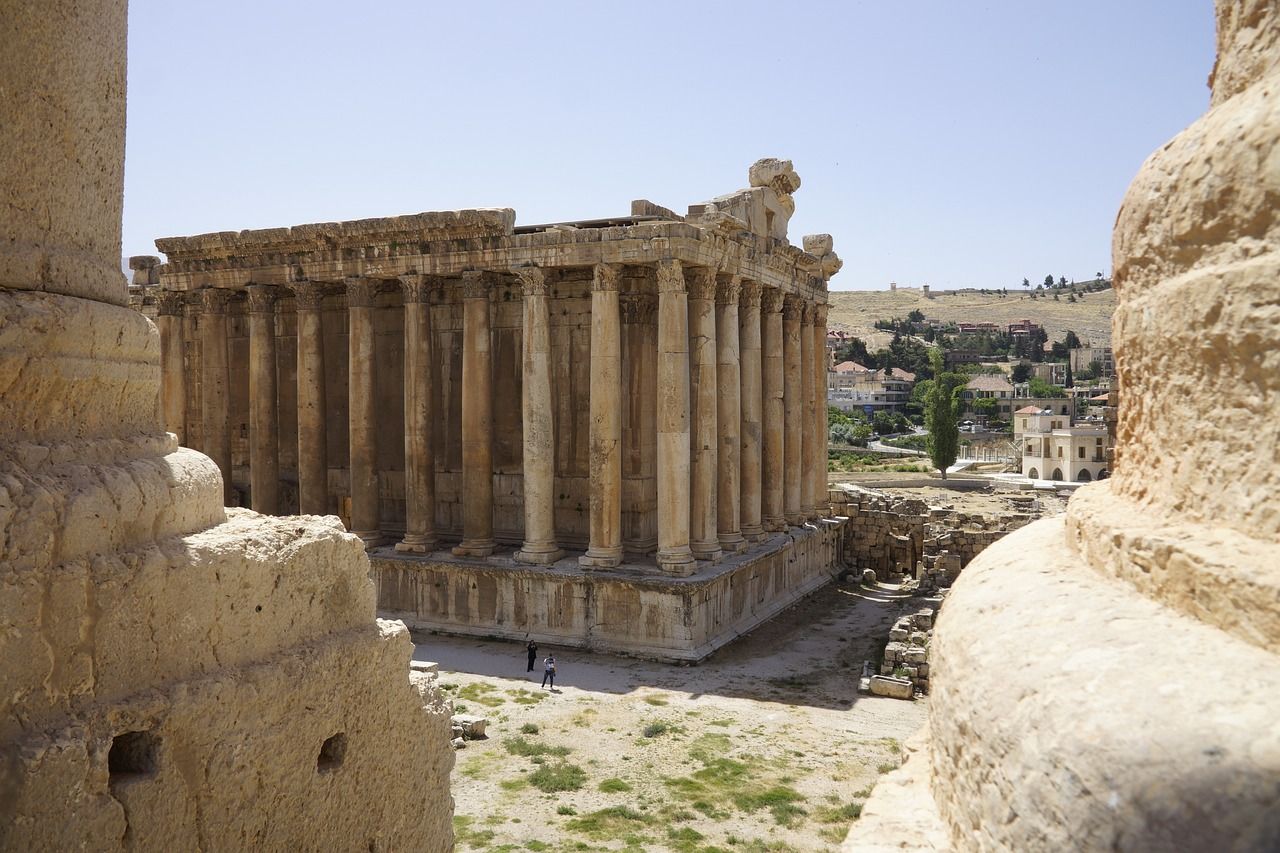Quick Links
Lebanon is a small Middle Eastern country neighboring Israel and Syria that few ever bother to visit. The country has long and storied history famous for being the home of the Phoenicians - one of the first great civilizations of the Mediterranean (which also founded Carthage). Lebanon is one of the best countries to see Roman ruins - even if it is frequently overlooked.
Lebanon is most noted for having the largest Roman temples ever built. The Roman temple sites of Lebanon can be split into three main groups. The Bekaa valley, the Wadi al-Taym, and the western flank of Mount Hermon (where it is possible to go skiing). The grandeur of Roman temples in Lebanon speaks to the golden era of Roman rule in the region.
The Long & Prosperous Roman Rule Of Phoenicia/Lebanon
Lebanon is only a small country - smaller than Connecticut but larger than Delaware. Lebanon's history of civilization stretches back around 7,000 years, and so the Roman and Byzantine periods are something of a blip in its long history. Lebanon boasts rich history from the Phoenicians, the Persians, the Greeks, the Romans, the Arabs, and the Crusaders.
The Romans (along with the Eastern Romans/Byzantines) ruled Lebanon (called Phoenicia) from 64 BC to the 7th century when it was taken over by the Arabs. They ruled it for around 700 years - a very long time. It was one of the intellectual and economic hubs of the eastern half of the Roman Empire, and the Romans built many temples there. It was the famous Roman general Pompey (who fought and lost against Julius Caesar) who added the territory to the Roman Republic (later Roman Empire).
Notable Roman ruins in Lebanon include the temples of Baalbek, the temples at Mount Hermon, the temples of Niha, hippodromes, baths, and much more. The main cities of Phoenicia were Byblos (one of the oldest continuously inhabited cities in the world), Sidon, Tyre, and Berytus - which was considered the most Roman city in the empire's eastern provinces. Under Roman rule, the area prospered.
After the Roman Empire split in AD 395, Phonecia become a part of the Eastern/Byzantine Empire, and it continued to flourish. It was rocked by powerful earthquakes in the sixth century and fell to the Arabs in the seventh century.
The Temple Of Jupiter In Heliopolis - The Largest Roman Temple
The Roman city of Heliopolis is today called Baalbek and is one of the best archeological sites in the country. It is a UNESCO World Heritage-listed site (since 1984) and was where a triad of deities was worshiped. The Heliopolitan Jupiter once attracted thousands of pilgrims and was famous for its colossal structures.
The Temple of Jupiter in Heliopolis was the largest pagan temple in the Roman world. It is located in the Baalbek complex of Heliopolis Syriaca. It was dedicated to Jupiter Heliopolitanus. It is not certain who commissioned the massive temple, but work likely began around 16 BC and wasn't complete until around AD 60.
Today there is little left of it, but one can imagine what it would have been like.
The largest temple in the ancient city of Rome was the Temple of Venus (and people can visit). That being said, the best preserved Roman Temple in Rome is arguably the Pantheon (today a Catholic Church).
The Temple Of Bacchus - The Best Preserved Temple In Baalbek
The Temple of Bacchus is one of the best preserved, and one of the grandest of Roman temple ruins today. It was likely built after the Temple of Jupiter and was probably commissioned by Emperor Antoninus Pius between AD 138 and 161. As the massive temple complex fell into ruins, the Temple of Bacchus was likely protected by rubble from other ruins on the site. It is around 66 miles long, 35 meters wide, and 31 meters high (only slightly smaller than the neighboring Temple of Jupiter).
Like other temples around the Roman Empire, they were eventually abandoned after the empire converted to Christianity. Materials from the abandoned temples were used for other projects.
The two large temples were first excavated around the turn of the century, and reconstructions of the temples took place.
Is Lebanon Safe To Visit?
While Lebanon is a better country to visit than many in the region, it is also not the safest country to visit. The Department of State cautions, "reconsider the need to travel." So if one would like to visit the ancient ruins and riches of Lebanon, one may consider going on an organized tour.
Lebanon often has various crises (including an economic crisis in 2022), so it is best to check current news and the situation in the country before planning a trip.
All Western passport holders are issued with a visa on arrival for one month - extendable for two months.





